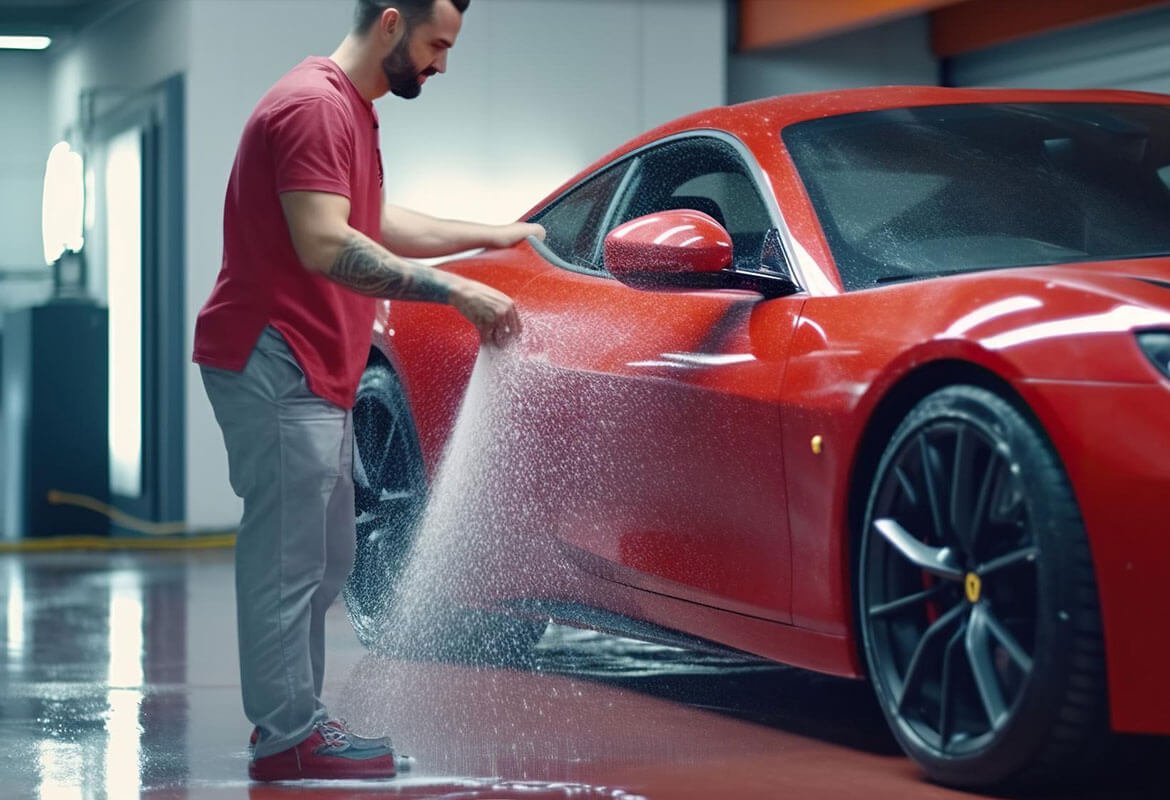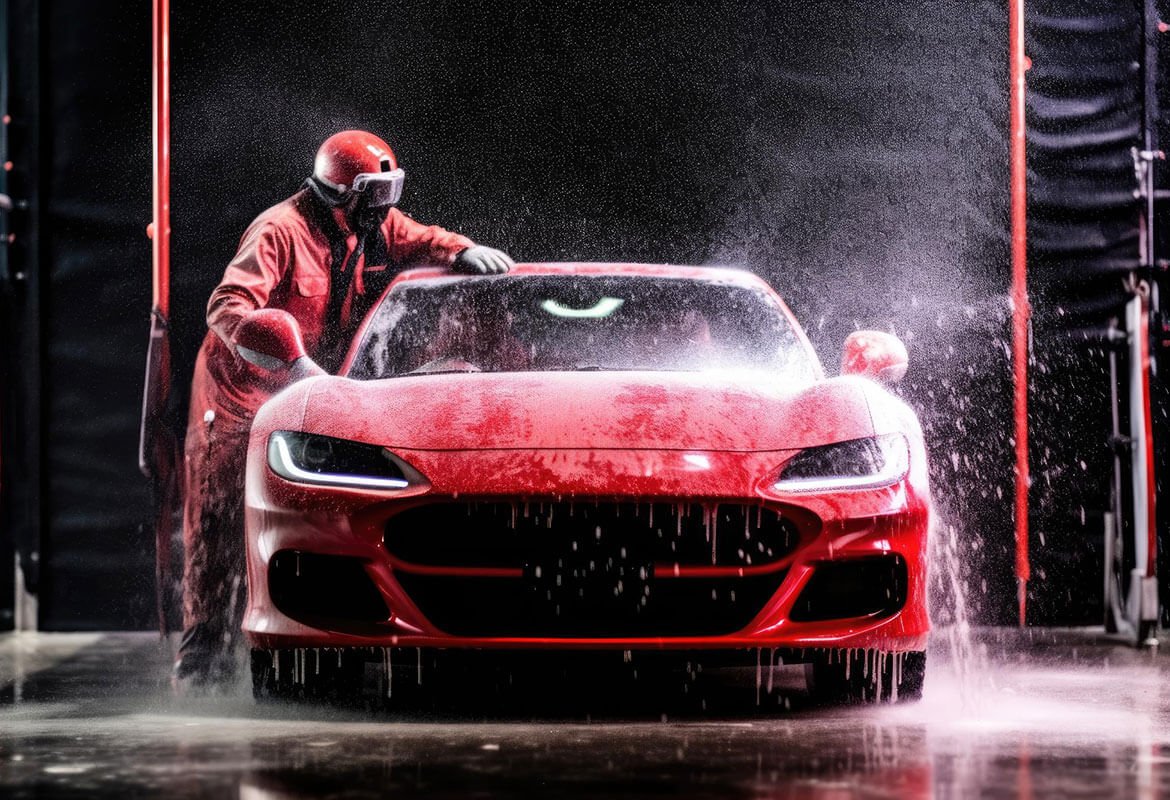Cars in Cinema: The Untold Stories Behind Hollywood’s Most Iconic Chase Scenes
Few things in cinema are as adrenaline-pumping as a well-executed car chase. From the roaring engines and screeching tires to the death-defying stunts, these sequences have captivated audiences for decades. But behind every legendary chase scene lies a story of meticulous planning, groundbreaking cinematography, and daring stunt work. In this article, we’ll uncover the untold stories behind some of Hollywood’s most iconic car chases, exploring the engineering, ingenuity, and near-disasters that shaped them.
1. Bullitt (1968) – The Chase That Started It All
Widely regarded as the godfather of modern car chases, Bullitt set the gold standard for realism in action sequences. Starring Steve McQueen as the titular cop, the film features a 10-minute, high-speed pursuit through the streets of San Francisco, with McQueen’s Ford Mustang GT 390 pitted against a menacing Dodge Charger.
Behind the Scenes:
- Steve McQueen, a known car enthusiast, insisted on doing many of his own stunts, though veteran stuntman Bud Ekins performed some of the riskier maneuvers.
- The Mustang and Charger were heavily modified for the sequence, including reinforced suspensions to handle the hilly terrain.
- The famous jump scenes resulted in multiple cars being destroyed, and one Charger even lost five hubcaps throughout the sequence due to the high-speed turns.
- Director Peter Yates used cameras mounted on cars and even inside them to provide a visceral, immersive experience.
2. The French Connection (1971) – Raw and Unscripted Chaos
The French Connection delivered one of the most intense and unscripted car chases ever captured on film. Gene Hackman’s character, Popeye Doyle, commandeers a 1971 Pontiac LeMans and barrels through New York traffic in pursuit of an elevated train.
Behind the Scenes:
- The chase was filmed with minimal permits, meaning real New Yorkers were often unaware a movie was being shot.
- Some close calls were entirely unscripted, including a near-collision with a pedestrian pushing a baby stroller.
- Director William Friedkin filmed the sequence from inside the car, giving it a raw, documentary-style feel.
- A stunt driver was supposed to perform most of the sequence, but Hackman ended up driving much of it himself.
3. Mad Max: Fury Road (2015) – A High-Octane Spectacle
Mad Max: Fury Road redefined the modern car chase, blending practical effects with stunning cinematography. The film features an almost continuous high-speed battle across the desert, with customized vehicles engaging in chaotic warfare.
Behind the Scenes:
- Director George Miller insisted on using practical effects, meaning the vast majority of what’s seen on screen was filmed with real cars and stunts.
- Stunt coordinator Guy Norris and his team built over 150 fully functional, post-apocalyptic vehicles.
- The massive “War Rig” truck was actually a fully operational 18-wheeler modified to handle extreme terrain.
- Many of the aerial stunts, including the “Polecats” swinging between vehicles, were performed practically without CGI.
4. Ronin (1998) – European Precision Driving
Ronin is famous for its high-speed chases through the narrow streets of Paris, featuring a fleet of European cars including an Audi S8, a Peugeot 406, and a BMW 535i.
Behind the Scenes:
- The film used professional race car drivers instead of traditional stuntmen to enhance realism.
- Many scenes were shot at speeds exceeding 100 mph through real Paris streets.
- Director John Frankenheimer employed multiple camera angles and in-car footage to intensify the experience.
- The chase scenes were so well executed that many critics called them some of the best in cinematic history.
5. The Dark Knight (2008) – Flipping a Truck in Downtown Chicago
One of the most jaw-dropping car sequences in modern cinema is the Joker’s truck flip in The Dark Knight. The scene features a full-size semi flipping end-over-end in the middle of Chicago’s LaSalle Street.
Behind the Scenes:
- Director Christopher Nolan refused to use CGI, opting for practical effects instead.
- Special effects supervisor Chris Corbould designed a hydraulic piston system beneath the truck to propel it into a flip.
- The entire sequence required shutting down several city blocks and took weeks of planning for a few seconds of footage.
- Heath Ledger, in full Joker makeup, insisted on staying in character throughout the chaotic sequence.
6. Baby Driver (2017) – The Art of Precision Driving
Baby Driver brought style and rhythm to the car chase genre, blending high-speed action with a carefully curated soundtrack. The opening chase, featuring a red Subaru WRX, was executed with near-mathematical precision.
Behind the Scenes:
- Real stunt drivers performed all the maneuvers without CGI enhancements.
- Director Edgar Wright synchronized every movement of the car to the beat of the music playing in Baby’s headphones.
- Stunt driver Jeremy Fry performed a reverse 180-degree drift between two moving vehicles in a single take.
- The film’s unique blend of music and action set it apart from traditional chase films.
7. Fast & Furious Franchise – Pushing the Limits
The Fast & Furious series has delivered some of the most outrageous car chases in cinematic history, often blurring the line between reality and physics-defying spectacle.
Behind the Scenes:
- Fast Five (2011) featured a vault-dragging sequence where real, heavily reinforced cars pulled a massive safe through Rio de Janeiro’s streets.
- Furious 7 (2015) included a skydiving car stunt where real cars were dropped from a plane and parachuted to the ground.
- The franchise has destroyed thousands of cars in pursuit of high-octane entertainment.
- While CGI has become more prevalent in later films, the series still incorporates practical stunts whenever possible.
8. Gone in 60 Seconds (1974) – The Original High-Speed Heist
The original Gone in 60 Seconds is famous for its 40-minute-long car chase, one of the longest in film history. The sequence, featuring a Ford Mustang named “Eleanor,” involves high-speed pursuits, crashes, and jaw-dropping stunts.
Behind the Scenes:
- The film’s director and star, H.B. Halicki, performed most of his own driving stunts.
- Over 90 cars were wrecked during filming.
- Many crashes were real, with Halicki sustaining multiple injuries on set.
- The climactic jump scene resulted in severe damage to the Mustang and nearly paralyzed Halicki.
Conclusion
From meticulously planned stunts to real-life chaos caught on film, car chases have played an essential role in cinematic history. Whether through practical effects, high-speed driving, or innovative camera work, these sequences continue to push the boundaries of action filmmaking. The next time you watch a high-speed pursuit on screen, remember the behind-the-scenes risks, creativity, and technical mastery that make these moments unforgettable.
Which iconic car chase is your favorite? Let us know in the comments!







